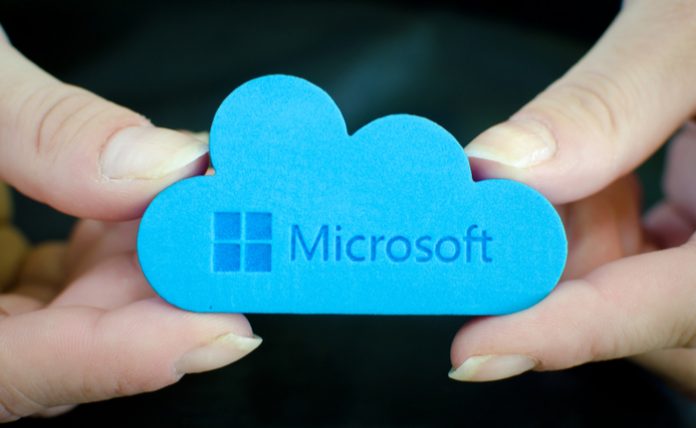American technology’s largest corporate stakeholder is pledging to reduce its own in-house wastes to zero within a decade.
The Verge reports today Microsoft is suggesting that it can meet a benchmark of zero waste for internal operations by 2030.
However, some are considering this bold plan a kind of shibboleth for the conservation and change that needs to happen in the industry as a whole, in order to tackle the larger problem of e-waste generated by manufacturers each year.
First, Verge reporter Justine Calma gives some details about how Microsoft’s internal zero-waste plan will work – using a series of ‘Circular Centers,’ Microsoft plans to handle 90% of waste on-site. This conjures images of humans or robots quickly and deftly pulling apart devices and mining them for recyclables.
However, a look at the scale of the problem shows why many people are less than excited about Microsoft’s initiative.
Calma reports the company’s total waste in 2019 was around 3000 metric tons.
By contrast, Calma writes, global end users threw away 53.6 million metric tons in the same year.
To be fair, the numbers don’t show what share of that consumer waste was attached to Microsoft.
What the report does cover is the controversy of ‘right to repair’ design.
The basic idea is that manufacturers have rejected universal design in order to make money selling more cords and cables and accessories. But that in turn means vastly more e-waste as obsolete items go in the junk drawer.
By pushing back against right to repair, advocates say, these companies are doing much more to encourage e-waste than they are to curb it.
Perhaps to blunt some of these and other concerns about its dedication, Microsoft is also pursuing the more prominent problem of carbon emissions.
“The zero waste pledge accompanies another major environmental goal Microsoft set at the beginning of the year — becoming carbon negative by 2030,” Calma writes. “To take on climate change, Microsoft announced in January that it will remove more greenhouse gases from the atmosphere than it produces by 2030 and will take on the monumental task of drawing down all the carbon dioxide emissions it’s ever released by 2050.”
Keep an eye on the rapidly changing industry, because zero-waste processes are very much a part of modern corporate efficiency and a way forward for business in a wasteful era.










